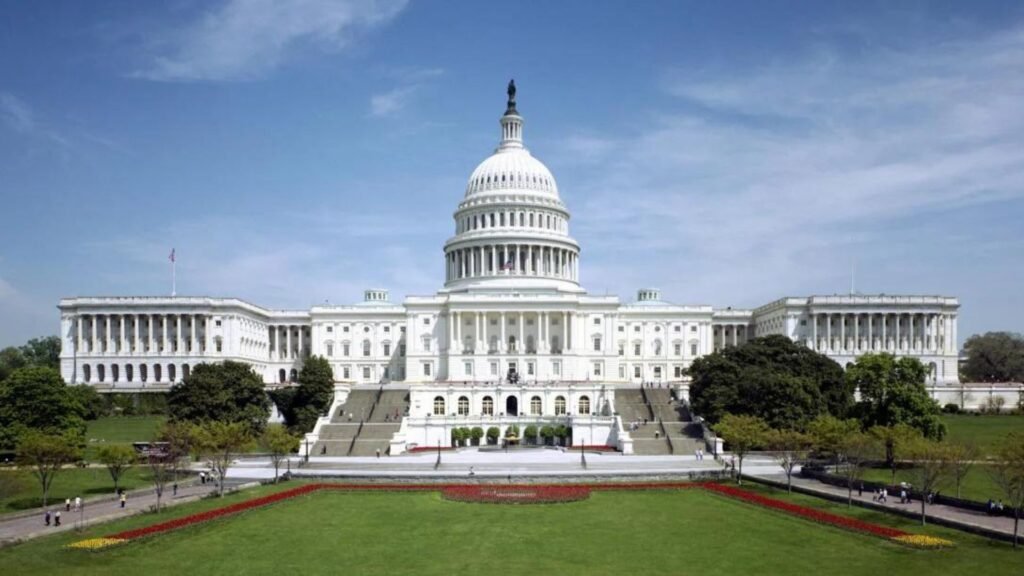Government policies play a crucial role in shaping the public education system, influencing everything from funding and curriculum standards to teacher qualifications and student outcomes. These policies can have wide-ranging effects on the quality and equity of education. This article examines how government policies impact public education and explores the implications for students, educators, and communities.

Funding and Resource Allocation
Impact on School Budgets
Government policies determine the allocation of funds to public schools, which directly affects their budgets and resources. Adequate funding is essential for hiring qualified teachers, maintaining facilities, and providing necessary educational materials. Budget cuts or increases can significantly impact the quality of education and the ability of schools to meet student needs.
Equity and Disparities
Funding policies often contribute to disparities between schools in different districts or regions. Schools in wealthier areas may receive more funding through local taxes, while those in less affluent areas may struggle with fewer resources. Government policies that address funding inequities aim to provide a more level playing field, ensuring that all students have access to quality education regardless of their socioeconomic background.
School Choice and Voucher Programs
Policies supporting school choice and voucher programs allow parents to select schools outside their designated districts, often including private and charter schools. While intended to provide more options and foster competition, these programs can also impact public school funding and resources, as they may divert funds away from traditional public schools.
Curriculum Standards and Educational Quality
State and National Standards
Government policies set curriculum standards that outline what students are expected to learn at each grade level. These standards aim to ensure consistency and high educational quality across schools. However, stringent or rapidly changing standards can place additional pressure on schools and teachers, and may not always align with the needs of local communities.
Standardized Testing and Accountability
Policies that emphasize standardized testing as a measure of student and school performance can drive curriculum and instruction. While standardized tests can provide valuable data on student achievement, they can also lead to teaching to the test, narrowing the curriculum, and increased stress for students and teachers. Balancing accountability with holistic assessment approaches is a key challenge in education policy.
Curriculum Reform and Innovation
Government policies can promote curriculum reform and innovation, encouraging the adoption of new teaching methods, technologies, and subject areas. For example, policies may support the integration of STEM (Science, Technology, Engineering, and Mathematics) education, social-emotional learning, or career and technical education. These reforms aim to prepare students for the evolving demands of the workforce and society.
Teacher Qualifications and Professional Development
Certification and Licensing Requirements
Government policies establish certification and licensing requirements for teachers, ensuring that educators meet certain qualifications and standards. These policies help maintain the quality of instruction and ensure that teachers are well-prepared to support student learning.
Professional Development and Support
Policies that provide funding and support for teacher professional development are crucial for improving instructional quality. Ongoing training and professional learning opportunities help teachers stay current with best practices, new technologies, and educational research. Effective policies in this area contribute to better teaching and improved student outcomes.
Teacher Compensation and Retention
Government policies related to teacher salaries and benefits impact recruitment and retention. Competitive compensation is essential for attracting and keeping skilled educators. Policies that address teacher pay and working conditions play a significant role in ensuring a stable and effective teaching workforce.
Student Support Services and Equity
Special Education and Accessibility
Policies that mandate special education services ensure that students with disabilities receive appropriate support and accommodations. These policies aim to provide equal educational opportunities and support the inclusion of students with diverse needs in mainstream classrooms.
School Safety and Health
Government policies that focus on school safety, mental health services, and overall student well-being impact the learning environment. Programs that address bullying prevention, mental health support, and access to healthcare services contribute to a safe and supportive school climate, which is essential for effective learning.
Support for Disadvantaged Students
Policies that provide targeted support for disadvantaged students, such as those from low-income families or English language learners, aim to address educational inequalities. Programs like free or reduced-price meals, after-school tutoring, and language assistance are designed to help level the playing field and support student success.
Conclusion
Government policies significantly influence public education, shaping everything from funding and curriculum standards to teacher qualifications and student support services. While these policies aim to improve educational outcomes and ensure equity, they also present challenges and opportunities for reform. Understanding the impact of government policies on public education helps stakeholders advocate for effective changes and work towards a more equitable and high-quality education system for all students.

